Version Control
While using a Version Control system is not mandatory, it is highly recommended for any serious development project. Using a Version Control system such as Git allows you to:
Download the standard SBA workspace
Simply run on your local computer:
git clone https://github.com/sinequa/sba-angular.git my-project
cd my-project
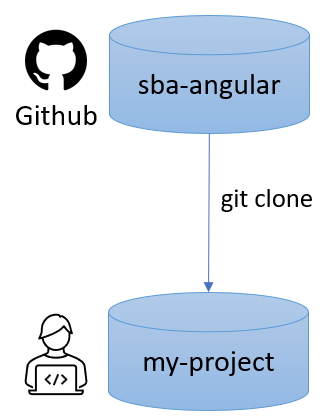
The Git repository contains the source code of the SBA Framework, but the dependencies (i.e., the node modules) are not included. You need to install them with:
npm install
(Note that the list of dependencies is defined in the package.json file, and the exact library versions are defined in the package-lock.json file.)
Track changes in the code
View your modified files with:
git status
A tool like GitHub Desktop can also help you visualize the changes in your code.
Commit your changes (to your local clone of the repository) with:
git add .
git commit -m "My commit message"
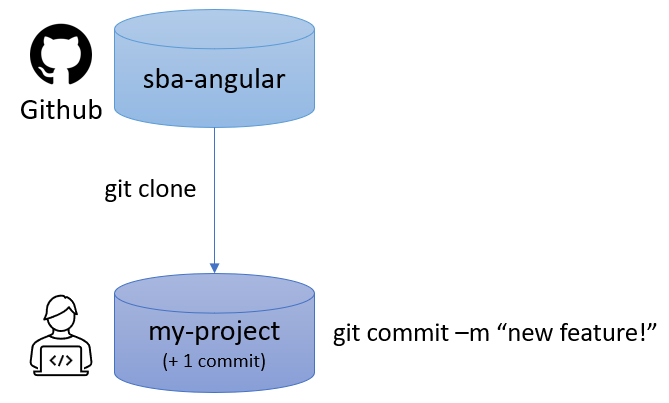
Work collaboratively with other developers
When working collaboratively, you need a central repository to host the code. This can be a private repository on an internal server or a public repository on a service like Github.
If you cloned the official SBA repository, your local clone is configured to push to that repository. But obviously, you do not have write access to it! You need to add a new remote repository that you own and have write access to.
For example:
git remote add internal https://my-internal-git-server/my-project.git
Then you can push your changes to that repository with:
git push internal master
Then, other developers can clone your repository with:
git clone https://my-internal-git-server/my-project.git
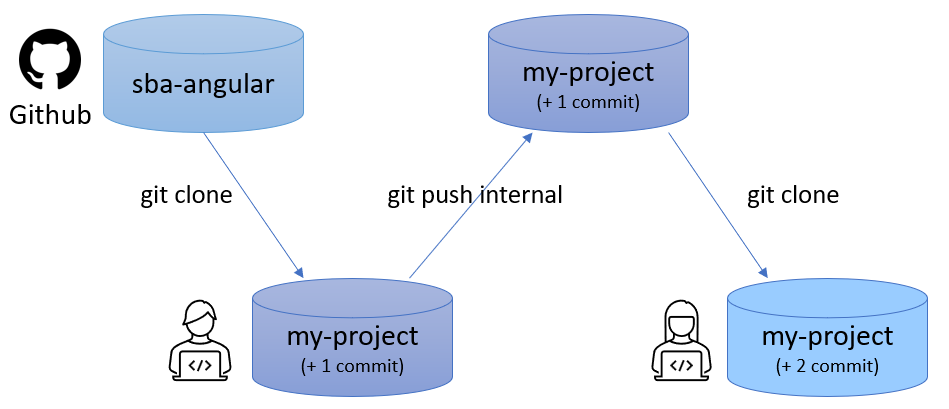
Whenever new changes are pushed to the central repository, you can pull them with:
git pull internal master
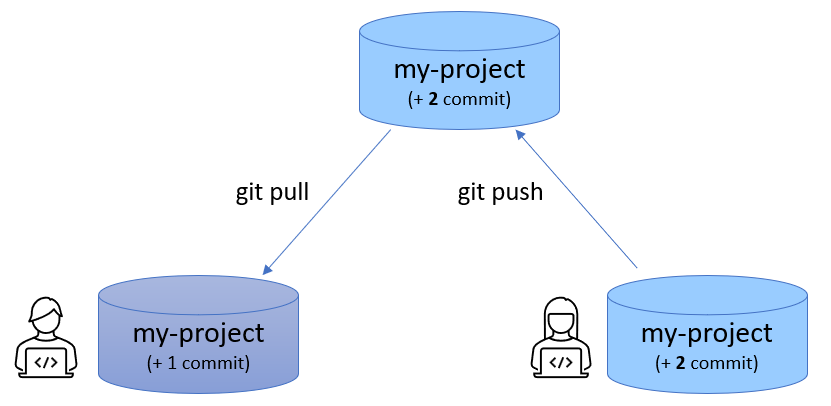
git pull is actually a shortcut for git fetch (which downloads the changes) and git merge (which merges the changes into your local branch). If there are conflicts, the merge process will ask you to resolve them manually.
Note that after a git pull, the project dependencies might have been updated, so you need to run npm install again.
Review and approve changes before they are deployed
A good habit is working on a separate branch for each feature or bug fix. This allows you to review the changes before they are merged into the master branch.
To create a new branch for a special feature, run:
git checkout -b my-feature
Then, commit your changes as usual.
When you are ready to merge your changes into the master branch, push your branch to the central repository with:
git push internal my-feature
Then in the central repository, create a Pull Request to merge your branch into the master branch. This will trigger a code review process, and the changes will only be merged into the master branch when they are approved.
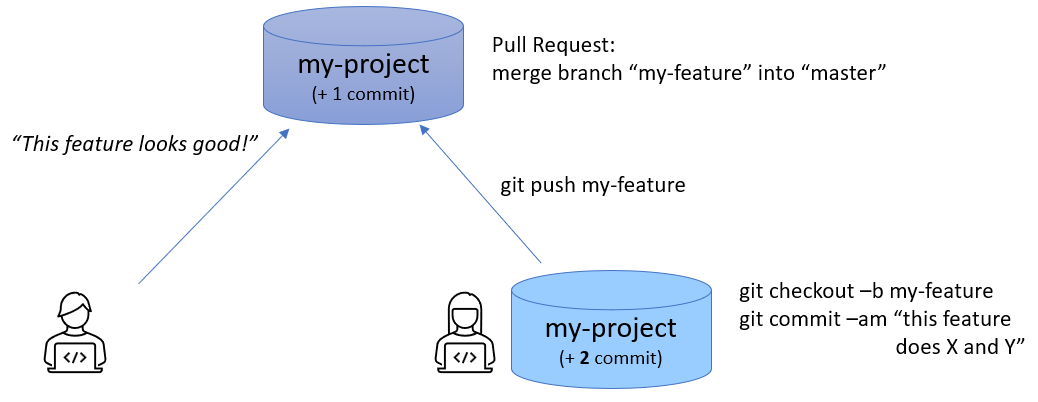
After that, the branch can be deleted, and all developers can pull the changes with a simple git pull.
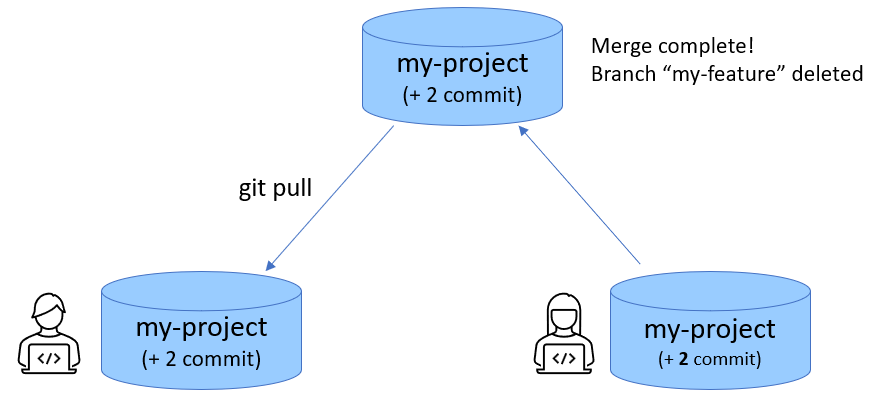
Update the code with new versions of the SBA Framework
The SBA repository is updated regularly. The changes might conflict with your own code, so the update process can be complicated (See the Updates guide).
In the simple case when there are no conflicts, you can run:
# Fetch the latest changes from the official SBA repository (your "origin" remote)
git fetch origin
# Merge the changes into your local "master" branch
git merge origin/master
Now your local master branch has all the commits from the official SBA repository AND all the commits from your project.
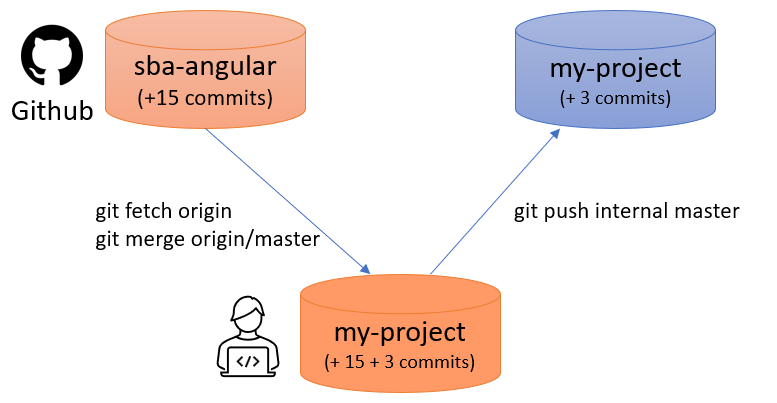
When there are conflicts (i.e., when the same lines of code were modified in both repositories), Git points them out, and you will need to resolve them manually (i.e., choose which change to keep, which change to discard, or a mix of both).
Deploy the code on a server
A simple strategy to deploy your application on a Sinequa server is to clone the repository in the Sinequa data folder, run npm install and then build the application with npm run buildvanilla. (This command can be executed from the administration interface.) See the deployment guide for more details.
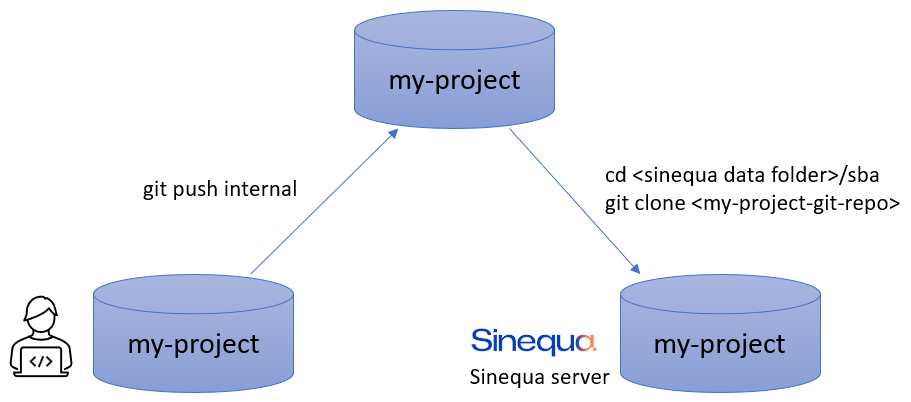
While this process works, it has some drawbacks:
- It forces you to install the node modules on the server (requiring Internet access and various tools)
- It requires you to build the application on the server (which can be slow and consume resources)
- It cannot be fully automated
Integrate with a Continuous Integration system
A Continuous Integration (CI) system is a tool that automates the build and deployment process. It can be used to build and deploy your application on a Sinequa server and also to run automated tests and perform other tasks. It can be configured to run automatically when new commits are pushed to the central repository.
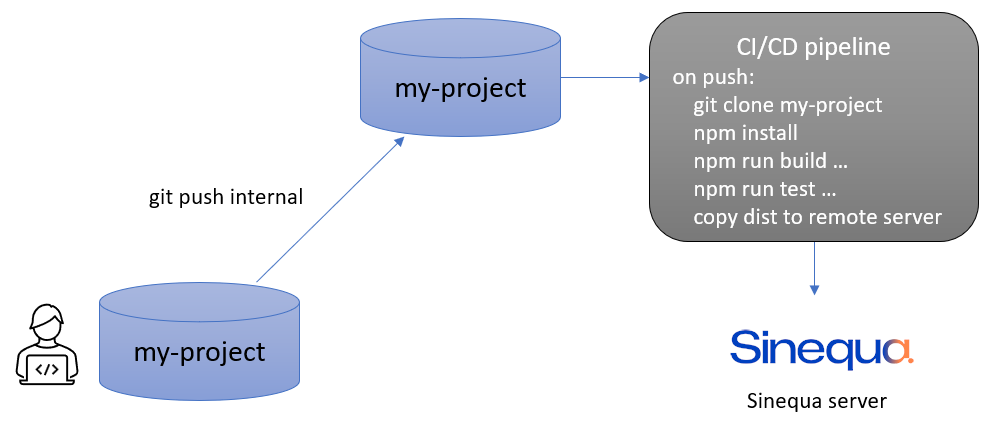
Your CI system must have access to the Sinequa server. This could be done by configuring the Sinequa server to allow remote access (e.g., via PowerShell Remoting). Alternatively, the CI system could be hosted on the same server as Sinequa.